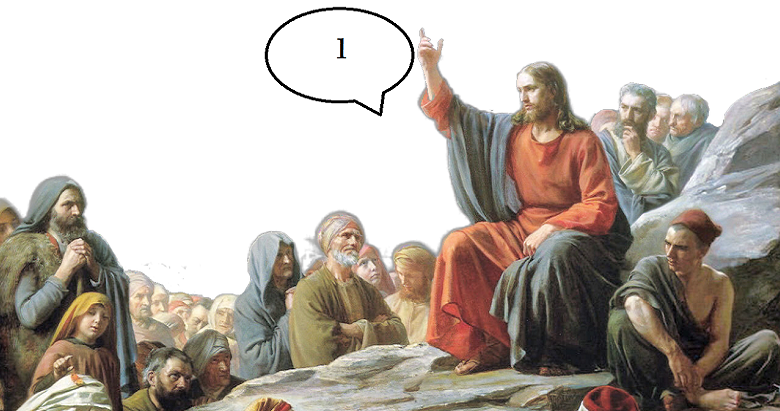How can you preach a more memorable message and have people get your point? Try preaching the one-point sermon.

In my last article, “Goldilocks Zone for Sermons: Too Long, Too Short, or Just Right?” I discussed denominational and cultural factors that lead to a variety of sermon lengths in different types of churches. In light of people’s shrinking attention spans, I suggested several ways to break up a sermon into different parts and keep them interesting. Here, I’ll discuss the one-point sermon, a sure way to send people home, remembering your message.
One-Point Sermons
Every preacher knows about the three points and a poem format. This can get kind of old if you don’t mix it up. Besides, people will never remember all three points. You will keep your audience’s attention better, and they will remember what you said afterward if you consider the one-point sermon.
In the one-point sermon you make, well, one point. Approach it from all angles. Every story, quote, and factoid illustrates just one point. When they go to dinner after church and talk about the sermon, everyone will know what you preached about, because there’s only one point to remember. Sound a little too simplistic? It worked well for Jesus.
Jesus and the One-Point Sermon
Consider Jesus’ one-point message about finding that which is lost. He talked about the lost coin, the lost sheep, and the lost son. Same point, three times. Every story illustrated the same point. When Jesus’ audience went home, they knew his message was about God finding lost souls. Or, think about Jesus’ sermon about the expansiveness of God’s reign. He talked about the mustard seed that grew and spread its branches where all the birds could make their nests. In the same lesson, he discussed the woman who mixed yeast in her dough to make it expand and rise. Same point, twice. When they sat down to dinner to discuss what Jesus preached about, they knew it was about the expansiveness of God’s reign.
The one-point sermon is well-designed for the ten-minute time frame. It’s easy to preach. You keep it short and sweet. But if you preach for twenty, thirty, forty minutes or more, you’re going to have multiple illustrations. Let each illustration be another way of saying the same thing. Some may be stories. Others might be quotes. Still others could be statistics. You could have someone in the congregation display a work of art. Perform a song. Give a testimony. As long as every one of these illustrates the same point, these are effective ingredients in the one-point sermon.
Illustrations Vs. Gimmicks
There can sometimes be a fine line between creative sermon illustrations and gimmicks. How can you tell the difference? That’s hard to say, but you’ll know it when you see it. Sometimes you can do outlandish stuff in the worship service, and it’s not a gimmick. Like the time I was preaching about how we should all be cheerleaders for Jesus, and I got the entire congregation to do The Wave. That could have been gimmicky, but in that context, it worked. Just be aware that it’s possible to cross the line and defeat your purpose. If people go home talking about their awesome pastor who got them to do The Wave in church, but they forget what the point of the sermon was, you have failed.
Know When It’s Time to Wrap it Up
Know when it’s time to sit down and shut up. There’s nothing worse than a preacher who doesn’t know when their sermon has ended. They’ve made their point. They’ve done it very well. Everyone could tell you what the sermon was about. Finally, the preacher makes their conclusion. And then they say, “Oh, and one more thing…” Then they keep going. And it’s not one more thing–it’s three or four. They’ve just lost their audience. You keep your audience by knowing what to say and how to say it. But you lose your audience when you don’t know when it’s time to wrap it up.
If you come from a tradition that expects a twenty-minute sermon, but you are done in ten minutes, wrap it up. If your church demands a forty-five-minute message, and you’ve made your point in half that, it’s time to give the invitation. As Ecclesiastes says, there is a time to speak at a time to keep silent. Your congregation will probably appreciate the opportunity to beat the other churchgoers to the restaurant, anyway.
Is there a Goldilocks Zone for Sermon Length?
Is there a Goldilocks zone for the length of your sermons? No. Sermon length depends on the audience. What makes a sermon “just right” is that you have made your point so well that people can tell others what you preached about. They have a full understanding after they’ve gone from the service. The message seems relevant to them. And you’ve kept their attention without losing either your focus or theirs. There are many ways to find the Goldilocks zone, and the one-point sermon can help.













